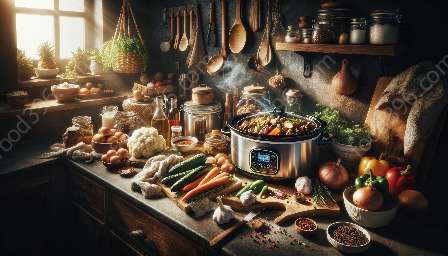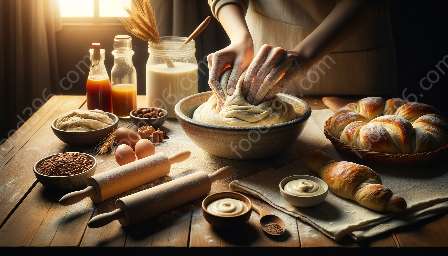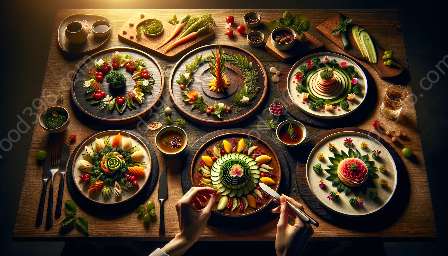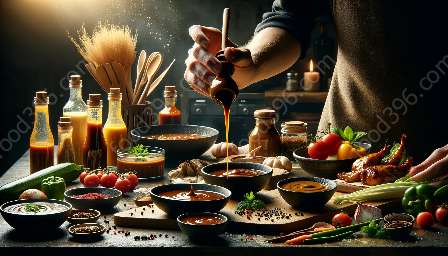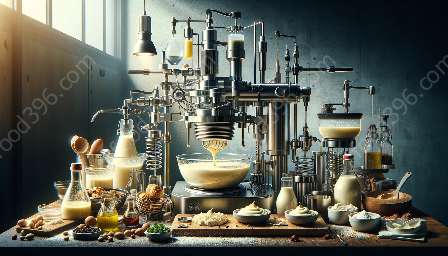Emulsification is a fundamental process in food preparation that involves combining two immiscible liquids, typically oil and water, to create a stable mixture. This article explores the science behind emulsification, various techniques used, and their relevance in food and drink.
The Science of Emulsification
Emulsification is the dispersion of one liquid into another in the form of small droplets. In food, this often involves creating a stable mixture of oil and water, which are naturally immiscible due to their different polarities. Emulsifiers, such as lecithin and egg yolk, are essential in stabilizing these mixtures by reducing the interfacial tensions between the two liquids.
Emulsification Techniques
Several methods can be employed to achieve emulsification, including:
- Mechanical Emulsification: Involves mixing the immiscible liquids using mechanical force, such as whisking or blending.
- Acoustic Emulsification: Utilizes ultrasound waves to break down the liquid phases and create a stable emulsion.
- High-Pressure Homogenization: Applies high pressure to force the liquids through a small orifice, resulting in finer droplets and a stable emulsion.
- Chemical Emulsification: Involves the use of emulsifying agents, such as lecithin or mono- and diglycerides, to stabilize the emulsion.
Application in Food and Drink
Emulsification plays a crucial role in various food preparation techniques. It is used in creating a wide range of products, including mayonnaise, vinaigrettes, sauces, and dressings. Furthermore, emulsification techniques are also relevant in the production of beverages such as milkshakes, smoothies, and coffee-based drinks, where they influence texture and mouthfeel.
Conclusion
Understanding emulsification techniques is essential for anyone involved in food preparation. By mastering the science and methods of emulsification, chefs and food enthusiasts can create a diverse array of emulsified products that enhance the flavor, texture, and overall dining experience.












